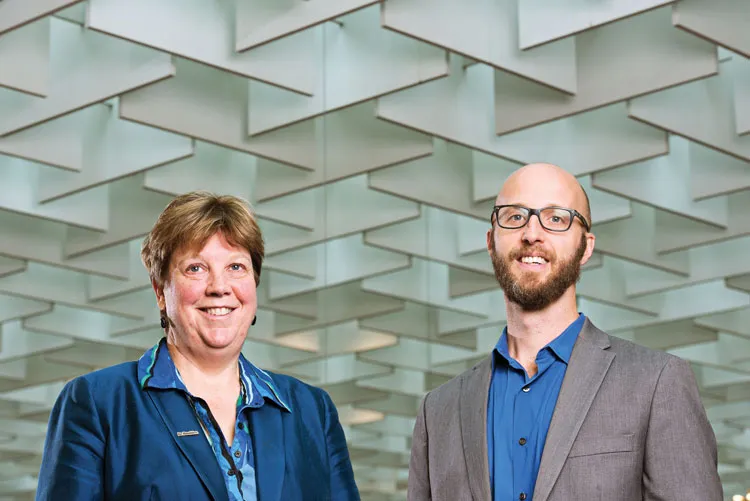CU Tech Transfer divides to conquer
The Innovation Economy - 2017

![]() The University of Colorado decentralized its technology transfer program within the university system in the past year, in large part because the Boulder and Anschutz Medical campuses were getting too large to manage together.
The University of Colorado decentralized its technology transfer program within the university system in the past year, in large part because the Boulder and Anschutz Medical campuses were getting too large to manage together.
Both campuses had “different portfolios and in order for those to get the kind of support they needed and be able to run and grow and develop those it made sense to basically separate technology transfer,” says Terri Fiez, vice chancellor for research and innovation at CU-Boulder.
It wasn’t a complete separation. The…
THIS ARTICLE IS FOR SUBSCRIBERS ONLY
Continue reading for less than $3 per week!
Get a month of award-winning local business news, trends and insights
Access award-winning content today!
